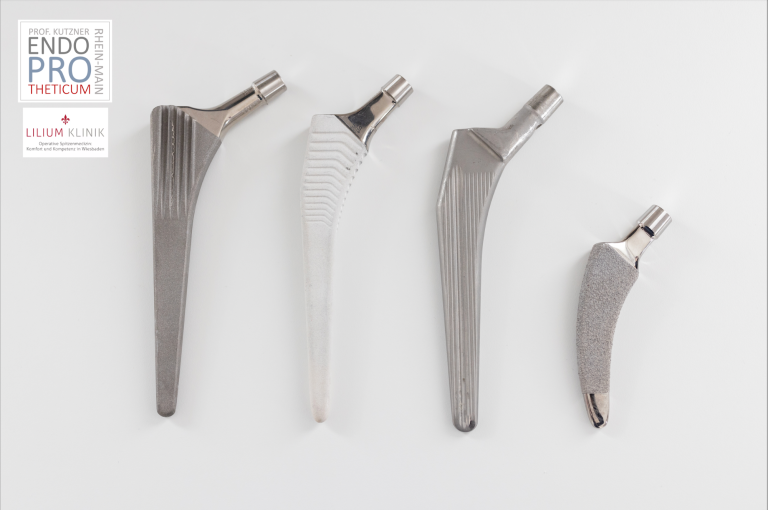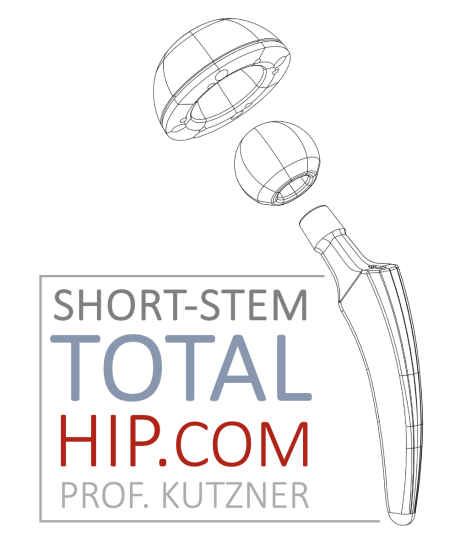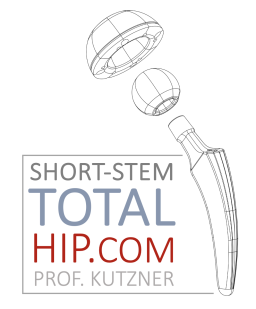The emergence of short-stem total hip arthroplasty

Total hip arthroplasty (THA) stands as one of the most successful and transformative procedures in the field of orthopedics. Originating in the mid-20th century, the primary goal of THA has been to alleviate pain, restore joint function, and enhance the quality of life for individuals suffering from various hip joint disorders. Traditional THA procedures typically involved the use of long-stem femoral implants, which, while effective, presented challenges related to bone preservation, stress shielding, and potential complications arising from the invasive nature of the surgery.
As the demand for hip replacement surgery increased, orthopedic surgeons and researchers began to explore alternative approaches that could address the limitations associated with long-stem implants. The turning point came in the 1990s, marked by the introduction of short-stem technology. This innovation aimed to revolutionize hip replacement surgery by offering a new paradigm that prioritized bone preservation, minimized invasiveness, and optimized load transfer.

Historical evolution of short-stem THA
Early Attempts and Hip Arthroplasty Milestones
The historical evolution of short-stem total hip arthroplasty (THA) is rooted in the broader narrative of hip arthroplasty milestones and early attempts to address the challenges posed by traditional long-stem implants. In the mid-20th century, the field of orthopedics witnessed the pioneering work of surgeons who laid the foundation for hip replacement surgery. Notable names such as Sir John Charnley and Sir William Harris made significant contributions, introducing materials like high-density polyethylene for acetabular components and cement fixation techniques.
As hip arthroplasty techniques matured, surgeons began to recognize the limitations of long-stem implants, especially in relation to bone preservation and the invasiveness of surgical procedures. This recognition paved the way for the exploration of alternative designs that could provide effective joint replacement while minimizing the impact on the patient's anatomy.
Traditional Long-Stem Implants: Challenges and Limitations
Traditional long-stem femoral implants, while effective in restoring joint function, posed certain challenges that fueled the exploration of alternative designs. The invasiveness of procedures involving long-stem implants often led to increased postoperative pain, extended recovery periods, and potential complications associated with soft tissue disruption. Furthermore, concerns about stress shielding – a phenomenon where the implant absorbs more load than the surrounding bone, potentially leading to bone resorption – prompted a reevaluation of implant designs.
Additionally, long-stem implants were not always suitable for younger, more active patients who might require future revisions. The need for a solution that could accommodate the diverse demographic of patients seeking hip replacement surgery catalyzed the search for implants that could better preserve natural bone while providing stability and improved clinical outcomes.
Catalysts for Change: Shift towards Short-Stem Designs
The shift towards short-stem designs gained momentum in the 1990s, driven by a confluence of factors. Surgeons, motivated by a desire to enhance patient outcomes and address the limitations of traditional implants, sought new solutions. Advances in materials science, engineering, and a deeper understanding of hip biomechanics contributed to the development of innovative implant designs that deviated from the long-stem paradigm.
Early short-stem designs aimed to overcome the challenges associated with long stems, such as stress shielding, bone resorption, and difficulties in achieving optimal fit and stability. The quest for implants that could provide stability, reduce complications, and preserve more natural bone led to the introduction of the first-generation short-stem implants.
Emergence of Short-Stem Technology
The emergence of short-stem technology marked a significant departure from traditional long-stem implants. Short-stem total hip arthroplasty (THA) is characterized by the use of femoral components with reduced length compared to their long-stem counterparts. The design principles of short-stem implants focus on achieving stability, optimizing load transfer, and preserving more of the patient's natural bone.
This innovative approach has sparked considerable interest within the orthopedic community, leading to a reevaluation of surgical techniques, patient outcomes, and the overall trajectory of hip replacement surgery. Short-stem THA has quickly gained recognition for its potential to minimize invasiveness, reduce postoperative pain, and offer advantages in bone preservation, making it particularly appealing for younger, more active patients who may benefit from a joint replacement that accommodates their lifestyle.
Pioneering Short-Stem Implants
The introduction of short-stem implants marked a significant milestone in the evolution of hip replacement surgery. Pioneering designs, such as the Mayo Conservative Hip (MCH) and the Fitmore® Hip Stem, exemplified the departure from long-stem traditions. These early implants sought to achieve stability through metaphyseal fixation, engaging the cancellous bone and minimizing disruption to the femoral canal.
The Mayo Conservative Hip, developed in the 1990s, emphasized metaphyseal fixation and was designed to preserve bone and maintain a more natural load transfer. Similarly, the Fitmore® Hip Stem, introduced in the early 2000s, featured a tapered, curved design that aimed to enhance stability while minimizing stress on the femoral bone.
With the optimys® stem, the most successful short stem today was introduced in 2010 and emerged to the market in 2013. Subsequently the calcar-guided short-stem philosophy was born and today sets the standard in short-stem THA.
The early pioneering short-stem designs laid the groundwork for subsequent innovations and research in the field. Surgeons and researchers recognized the potential of short-stem implants in addressing the diverse needs of patients, from bone-preserving solutions for younger individuals to options for those requiring revision surgeries.
As short-stem THA continued to evolve, the historical context provides a backdrop for understanding the motivations and challenges that have shaped the trajectory of short-stem total hip arthroplasty.

Short-stem-total-hip.com seeks to provide a thorough exploration of the evolution, characteristics, advantages, challenges, and future directions associated with short-stem THA. By combining historical perspectives, anatomical insights, surgical techniques, clinical outcomes, and global perspectives, it aims to serve as an authoritative resource for orthopedic surgeons, researchers, medical students, and patients interested in the transformative field of hip replacement surgery.
Wir benötigen Ihre Zustimmung zum Laden der Übersetzungen
Wir nutzen einen Drittanbieter-Service, um den Inhalt der Website zu übersetzen, der möglicherweise Daten über Ihre Aktivitäten sammelt. Bitte überprüfen Sie die Details in der Datenschutzerklärung und akzeptieren Sie den Dienst, um die Übersetzungen zu sehen.

